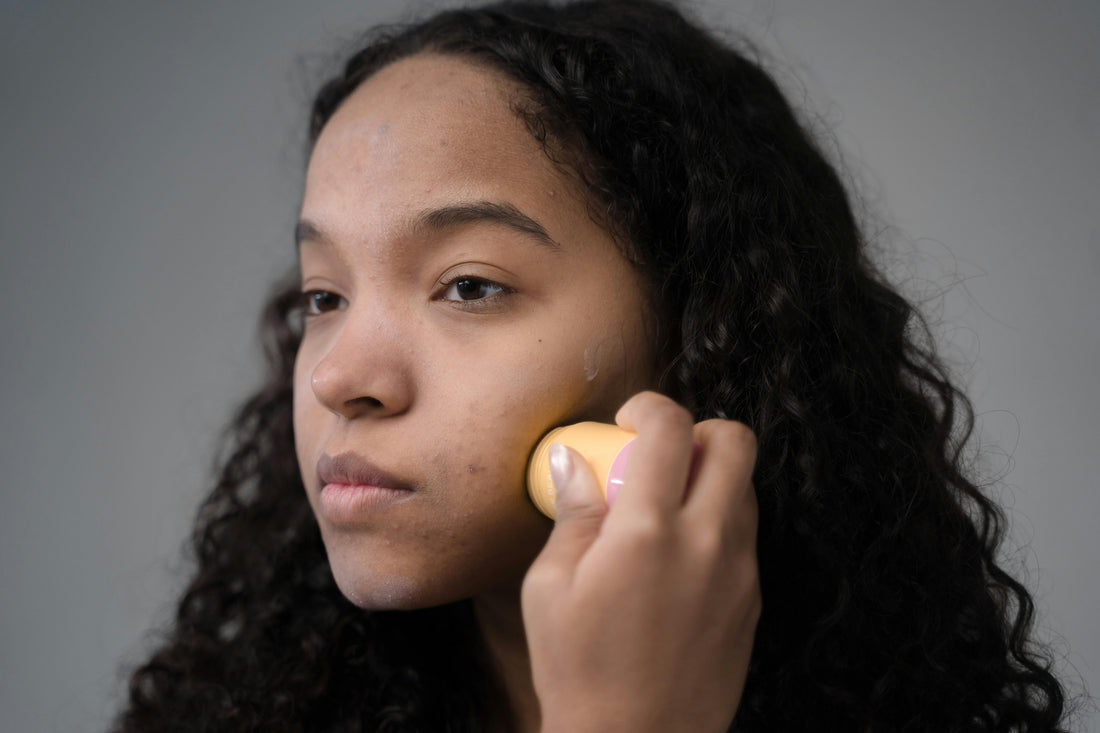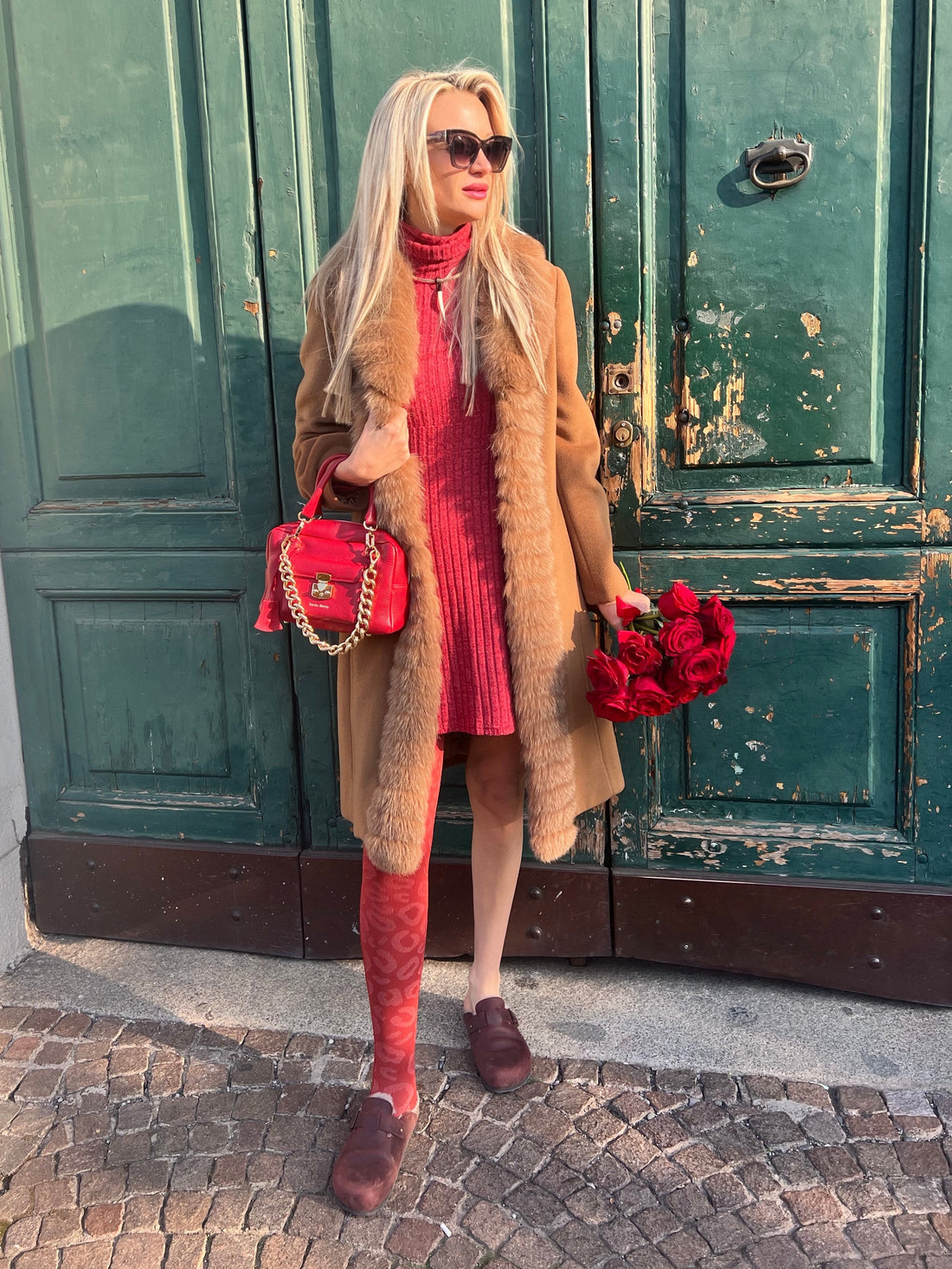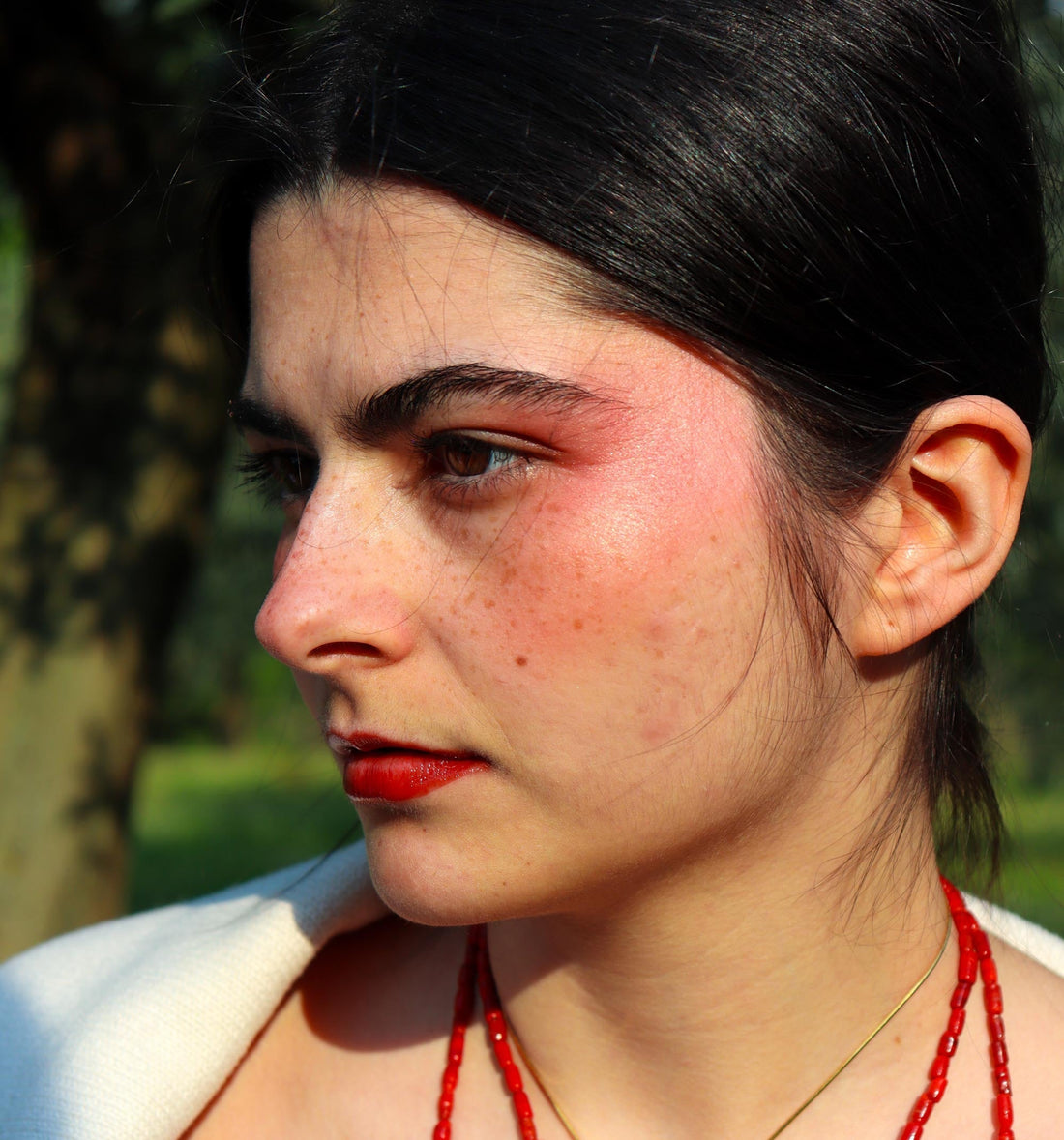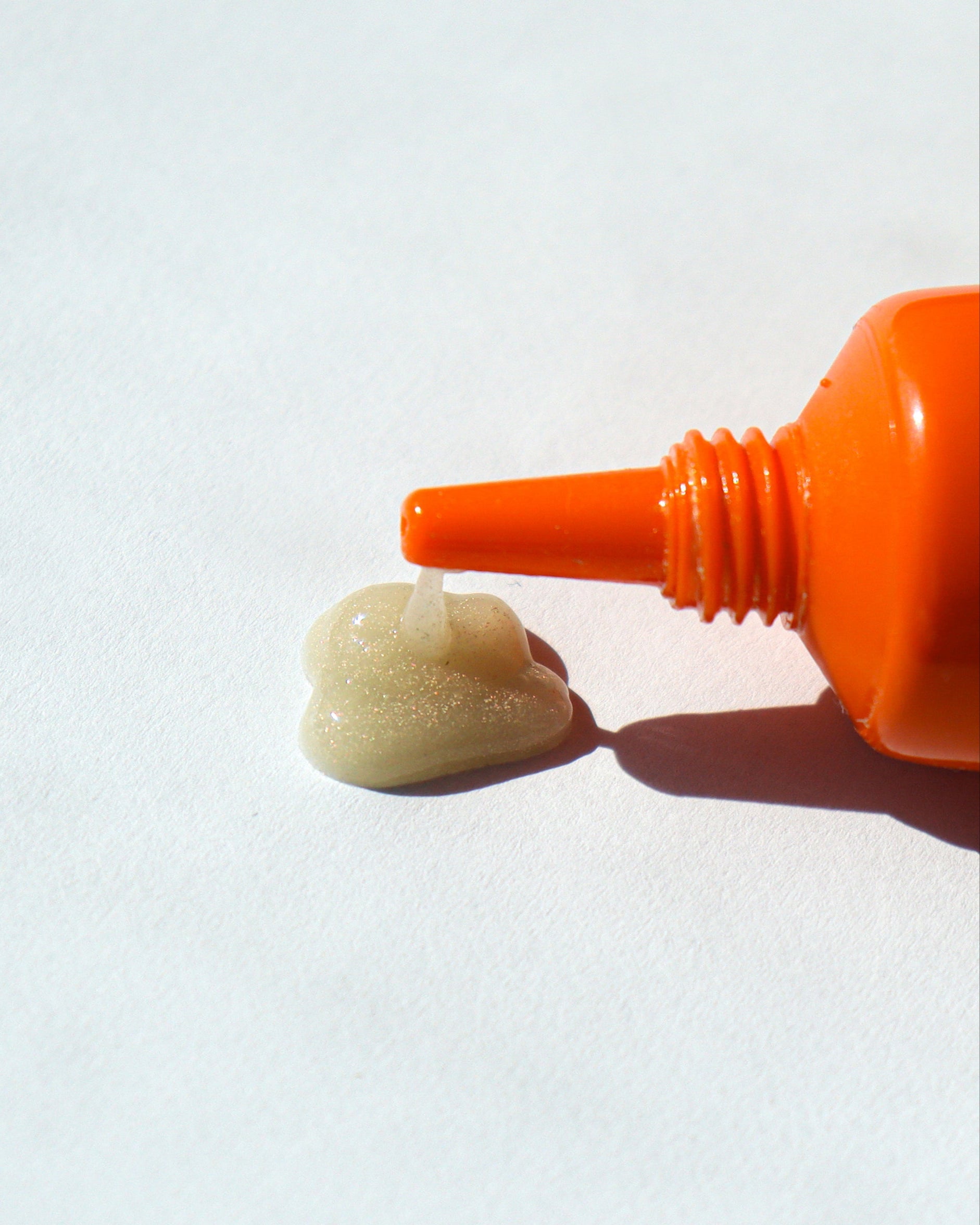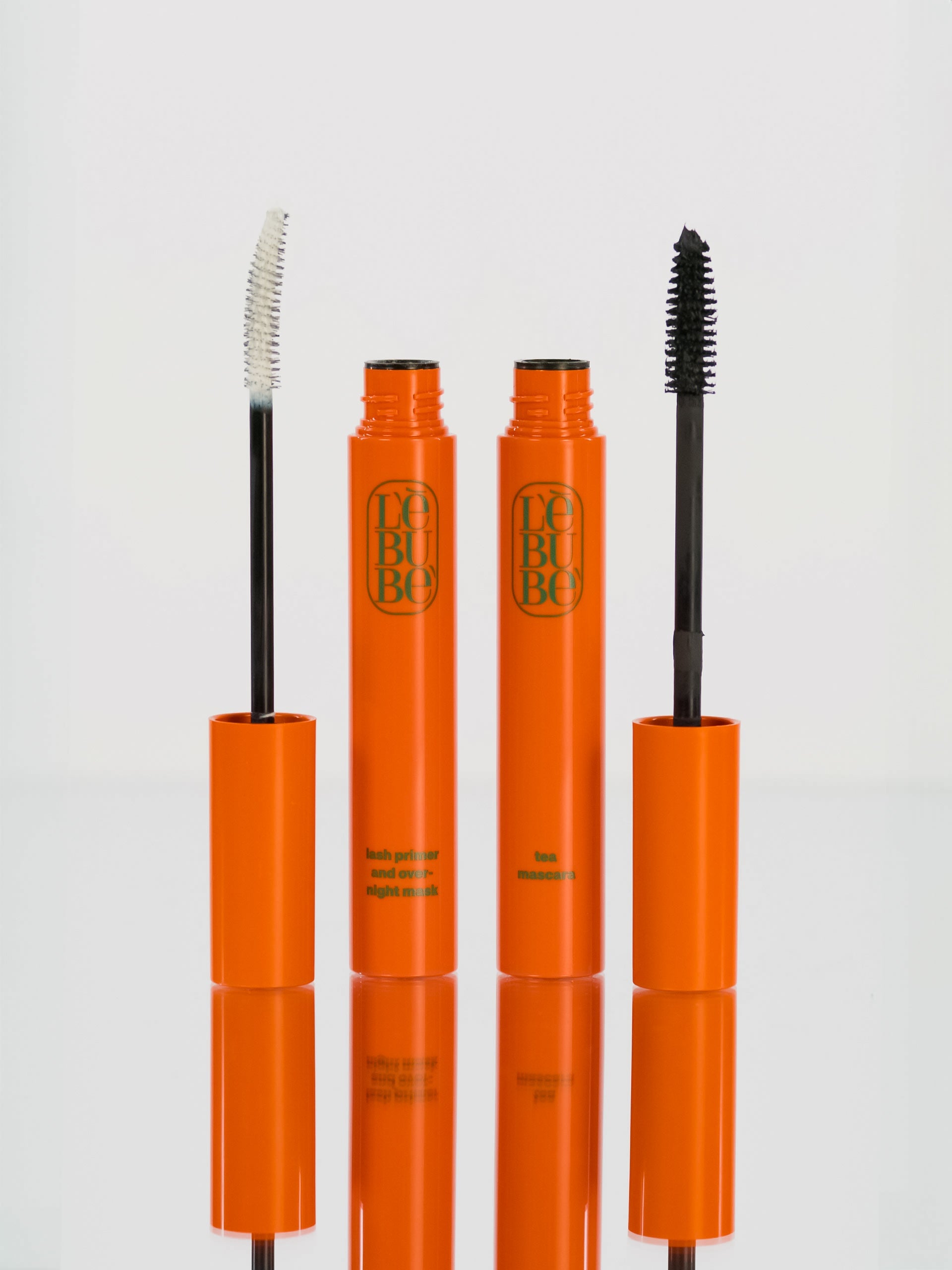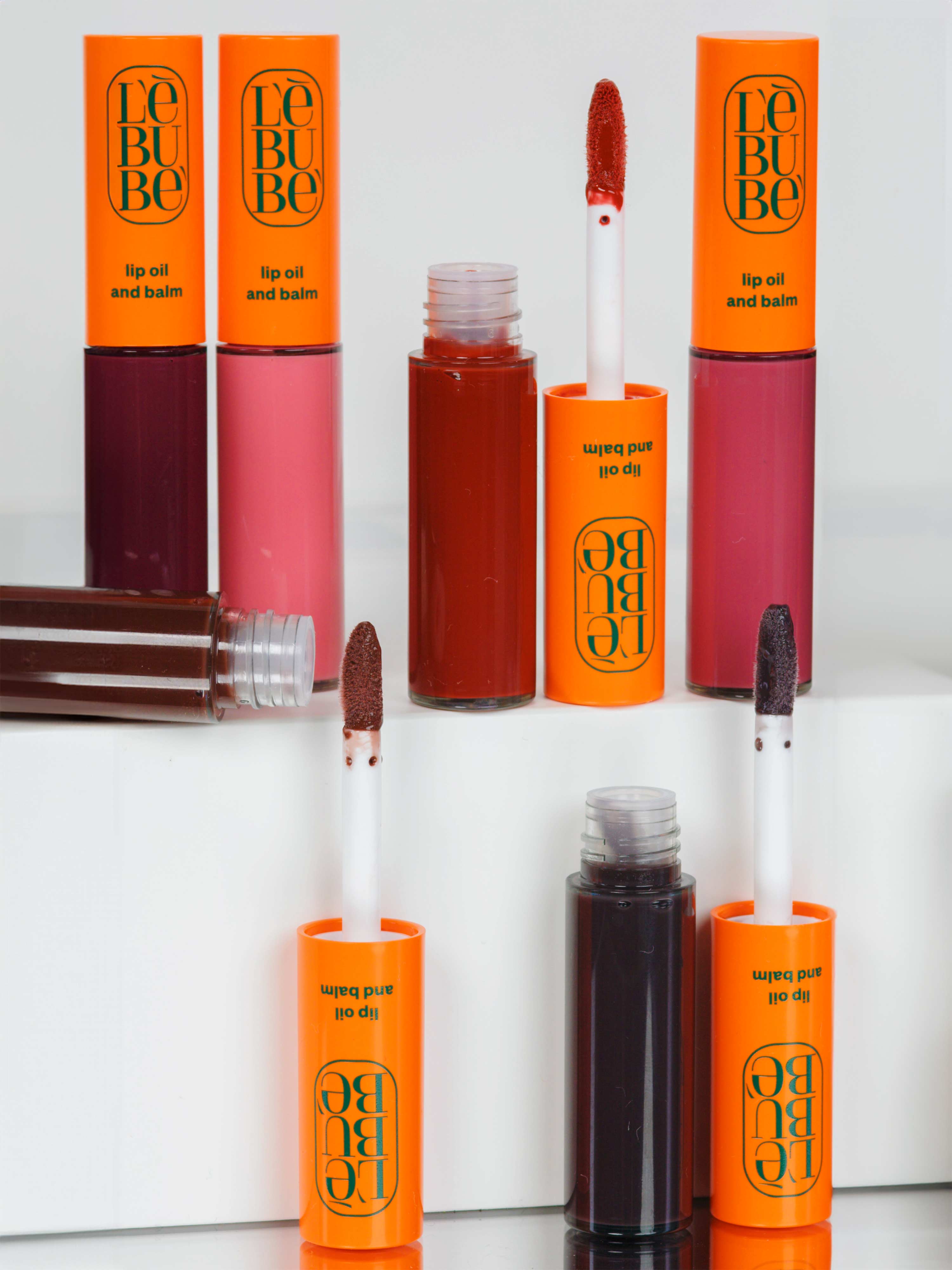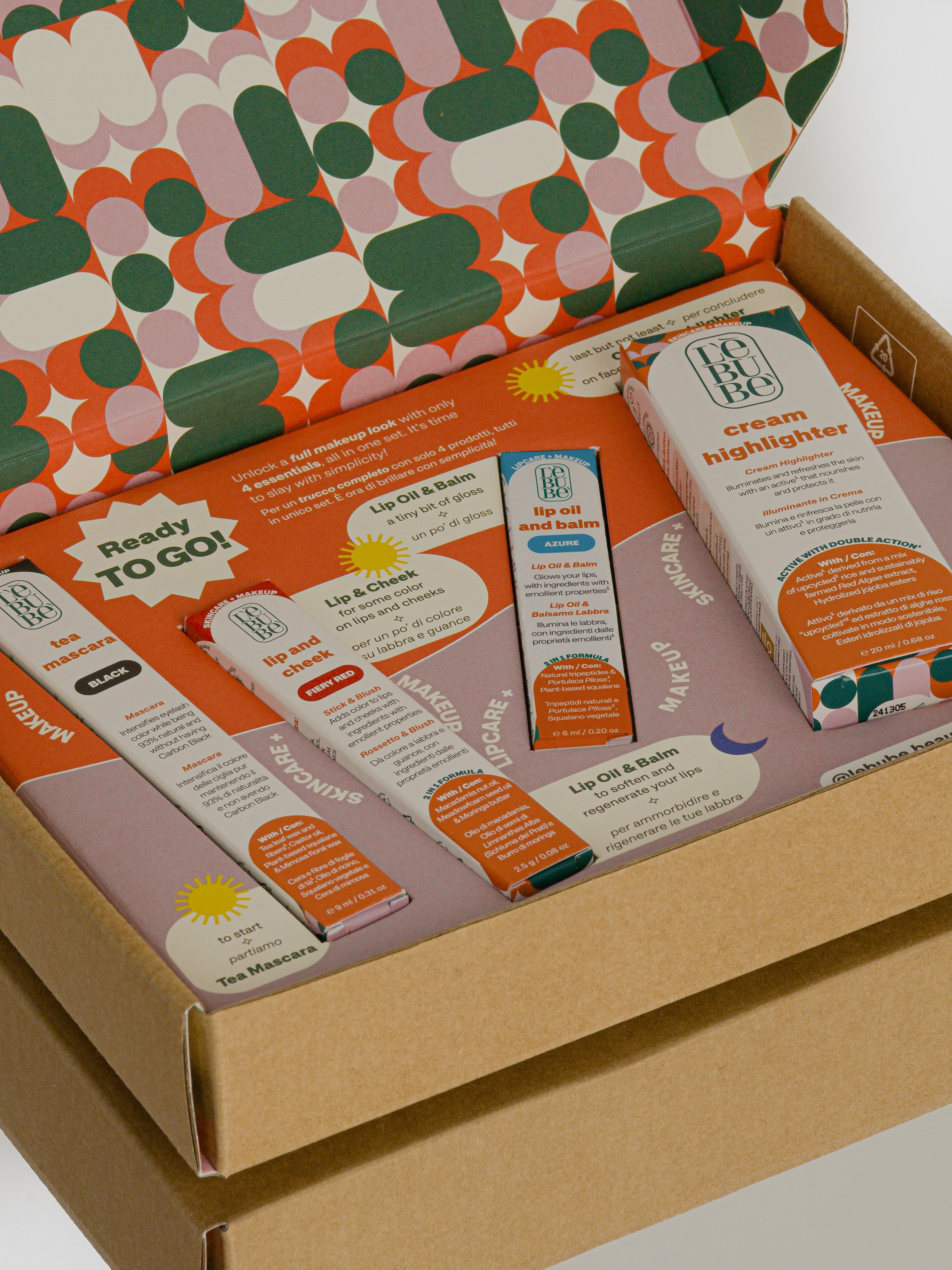by Mirta Cerioli
TL;DR:
Ageing is not a flaw but a natural, beautiful process to be embraced. For decades, the beauty world has fueled stereotypes and fears around age, obsessed with “anti-ageing.” Now, pioneering brands and influencers are reshaping the narrative, showing that wrinkles and silver hair embody authenticity and wisdom. For the industry, embracing age inclusivity is both ethically right and a smart business move, as over-50s represent one of the most powerful consumer groups. It’s time to shift from “anti-age” to “all age.”
Mirror, mirror on the wall, who's the fairest of them all? If you're picturing a youthful face, it's time to shatter that mirror and the ageing stereotypes it reflects. In a world where youth is worshipped like a rare gem, the beauty industry has been the high priest, preaching the gospel of eternal youth and selling the dream of ageless beauty. But let's pause for a moment. Isn't it ironic that an industry so obsessed with beauty is blind to the beauty of ageing?
Ageing is as natural as the setting sun, yet it's treated like an unwelcome guest. Wrinkles, laugh lines, grey hair - they're seen as flaws to be hidden, not signs of a life well-lived. The beauty industry, with its airbrushed models, anti-ageing aesthetics and potions, has long been a puppeteer, pulling the strings of societal norms and shaping our perceptions of beauty. But isn't it time we cut those strings?
This article is not just a call to challenge the ageing stereotypes perpetuated by the beauty industry. It's a rallying cry for change, a demand for a more inclusive definition of beauty that celebrates all stages of life.
What are the Ageism and Ageing Atereotypes in the Beauty Industry?
The beauty industry has long been a mirror reflecting society's obsession with youth. It's a mirror that distorts the image of ageing, painting it as a flaw rather than a natural part of life. But what does the science say about this? Let's delve into the data and see what it reveals.
A 2008 study published in the Cambridge Journal of Ageing and Society discusses the concept of "visible and invisible ageing".
It suggests that societal invisibility arises from the visible signs of ageing, compelling women to make their chronological ages imperceptible through beauty work.
This study extends the research and theorising on gendered ageism (i.e., prejudice or discrimination on the grounds of a person’s age, impacting women more than men), providing an example of how women's experiences of ageing and ageism are deeply rooted in societal norms.
The QUEST Observatory, an online observational study, examined women's perceptions of facial attractiveness and the strategies they adopt to combat the effects of time on their faces. The study found that societal pressures and beauty industry standards often drive women to pursue cosmetic procedures and products to maintain a youthful appearance.
The Oxford Institute of Population Ageing notes that the cosmetics industry has long focused on youthful looks, reaping substantial gains with anti-ageing aesthetics, products and services. However, new trends are shifting from “anti-ageing” to “embracing ageing”, indicating a potential change in societal attitudes.
These studies and voices underscore the need for a shift in the beauty industry's approach to ageing. It's time to replace the distorted mirror with a clear one, reflecting the true beauty of ageing. Dr. Verschoore, an expert in the field of dermatology, stated in an interview with Cosmetics Design Europe:
"The word 'anti-ageing' obviously is a bit difficult to use but looking 'healthy' and 'not stressed' is probably the trend where we're going. You see beauty and skin health are very linked."
The data is clear: ageing is not a flaw to be hidden, but a natural process to be embraced. The beauty industry needs to catch up with this reality.
How do Ageism and Ageing Stereotypes Appear in Advertising?
In the world of advertising, age is often treated as a taboo. The beauty industry, in particular, has been notorious for sidelining the older demographic, presenting a narrow and unrealistic view of ageing. But why is this the case, and what impact does it have on our perceptions of ageing?
According to the Centre for Ageing Better, the advertising industry has been complicit in promoting anti-ageing aesthetics and narratives. The industry is saturated with campaigns for anti-wrinkle creams and anti-ageing moisturisers, with ageing portrayed as something to be fought against. This portrayal is not only misleading but also harmful, reinforcing ageing stereotypes and contributing to societal ageism.
The absence of older people in advertising is striking. A 2022 study by the Center for Healthy Aging found that only 15% of online images from different brands, leaders, new sites, and social media accounts with over 1 million followers included adults over 50, despite older adults making up 46% of the U.S. adult population.
However, there are glimmers of change. Transport for London's 'Diversity in Advertising' competition awarded £500,000 in free advertising to the best age-inclusive ad campaign. The winning product, Replens, an intimate moisturiser brand, used the bold tagline "sex never gets old", challenging one-dimensional representations of older people in advertising.
The benefits of age-inclusive advertising are clear. Not only does it provide a more realistic portrayal of ageing, but it also makes good business sense. By 2040, one in four people will be over 65, and over 50s households are projected to spend £550 billion a year. That's £221 billion more than projected spending by younger households (Centre for Ageing Better, 2021).
The advertising industry needs to wake up to this reality. Ageing is not a flaw to be hidden, but a natural process to be embraced. It's time for the beauty industry to reflect this in its advertising. As the Centre for Ageing Better puts it, "changing their strategies to be more age-inclusive is both the socially conscious and business-savvy thing to do."
What are the Realities of Ageing?
Ageing is a natural process that every individual goes through, and it doesn't diminish one's beauty or worth. In fact, with age comes a depth of experience, wisdom, and stories that are etched into every line and wrinkle, each narrating a chapter of one's life. These aren't just signs of getting older; they're badges of honor, representing challenges overcome, laughter shared, and lessons learned.
In many cultures around the world, the elderly are revered and respected, not just for their age but for the wealth of knowledge and life experiences they bring to the community. Their silver hair isn't seen as a sign of decline but as a crown of distinction. So, why then, in the world of beauty and media, is ageing often portrayed as something to be battled against, rather than embraced?
Let's set the record straight. The notion that ageing equates to decline is a widespread myth.
According to the Harvard T.H. Chan School of Public Health, while ageing does come with certain challenges, it's also a phase where many lead vibrant, fulfilling lives.
The National Institute on Aging even underscores the significance of regular physical activity, suggesting that those who stay active enjoy more years of health and vitality.
But ageing isn't solely about the physical. It's a celebration of life's experiences, relationships, and the wisdom we gather along the way. A BBC Future article points out the myriad benefits of getting older, such as improved problem-solving skills and emotional resilience.
The inherent beauty in ageing naturally is not just skin deep. It's in the confidence that comes from knowing oneself better, the grace with which one handles life's ups and downs, and the freedom from the societal pressures that often plague our younger years. It's in the stories that can be shared, the advice that can be given, and the genuine connections that can be made from a place of deep understanding.
It's time we shift the narrative and celebrate ageing for what it truly is: a testament to a life filled with memories, challenges, and triumphs. Every wrinkle and every grey hair is a chapter in our story, a mark of the adventures we've embarked on and the hurdles we've gracefully navigated.
What is the Impact of Ageism and Ageing Stereotypes?
Ageism and the stereotypes surrounding ageing have profound impacts, not just on an individual level, but also on societal perceptions and attitudes. These misconceptions, often perpetuated by media and popular culture, paint ageing as a phase of decline, loss, and diminishing value. But the ripple effects of these ageism and ageing stereotypes are far-reaching and deeply ingrained.
For many, these stereotypes translate into a fear of ageing, leading to depression, anxiety and a constant pursuit of youthfulness. According to a 2022 study published in the National Library of Medicine, internalizing these negative beliefs can even affect one's physical health, accelerating the ageing process. It's a self-fulfilling prophecy: when people believe that ageing is synonymous with physical and cognitive decline, they're more likely to experience it.
On a psychological level, ageism and ageing stereotypes can erode self-esteem. Individuals, especially women, often feel pressured to maintain a youthful appearance, leading to a surge in cosmetic procedures and a booming anti-ageing aesthetics and industry. This AARP report reveals that nearly 2 out of 3 women aged 50 and above regularly face discrimination and feel judged based on their age. And 81% of them have felt pressured to look or act in a certain way at work.
Indeed, ageing stereotypes perpetuate ageism in the workplace and society at large. Older individuals often face discrimination, being perceived as less competent or adaptable. This not only limits opportunities for older adults but also deprives organizations of the invaluable experience and wisdom they bring.
It's crucial to recognize the weight of ageing stereotypes and actively challenge them. By doing so, we can foster a society that values individuals at all stages of life, appreciating the unique perspectives and experiences that come with each passing year. After all, ageing is a journey we all embark on, and it's high time we celebrated it for the beautiful, enriching process it truly is.
Are there Case Studies of Influencers and Brands Challenging these Stereotypes?
Despite the prevalent ageing stereotypes, some influencers and trailblazing brands in the beauty industry are taking steps to challenge and change these perceptions. Their efforts are not just about promoting products but reshaping the narrative around ageing.
Which Influencers are Leading the Charge?
The Old Gays:
This group of four 60- and 70-something men have gained a massive following on TikTok for their flashy, funny, and affirming antics.
Retirement House:
This Instagram account features a group of older influencers who are a hit with Gen Z.
Grace and Frankie:
Although they are fictional characters from a Netflix show, Grace and Frankie have become symbols of ageing with grace and humor.
Lyn Slater, also known as the Accidental Icon, is a fashion influencer who became famous in her 60s. She challenges ageing stereotypes and promotes a message of inclusivity.
Baddie Winkle became an internet sensation in her late 80s. She is known for her vibrant style and her message of living life to the fullest at any age.
Which Brands are Pioneering Age Inclusivity?
L'Oréal:
L'Oréal has been making strides in promoting inclusivity and challenging ageism and ageing stereotypes. They have a diverse range of models of all ages representing their products, and they've launched campaigns like "Age Perfect," specifically targeting older consumers.
The Body Shop:
The Body Shop has been moving away from the term "anti-ageing" and focusing more on promoting healthy skin at any age. They've launched products like the "Edelweiss pro-ageing cosmetics range" that embrace the natural ageing process.
Estée Lauder:
Estée Lauder has been challenging ageism and ageing stereotypes with their campaigns and product lines. They've enlisted older models and influencers to represent their brand and promote the message that beauty knows no age.
Shiseido:
Japanese beauty company Shiseido has been promoting the concept of "positive ageing" and challenging ageism and ageing stereotypes. They've launched skincare lines specifically designed for older skin, promoting the idea that ageing skin can be beautiful and should be celebrated.
Herbivore Botanicals:
This brand focuses on natural, therapeutic skincare. They offer products that address various skin concerns, including those associated with ageing, but their messaging is about embracing natural beauty at all ages.
Enhance Pro Age:
Enhance was born from a belief that there could be a better standard in skincare and makeup. Their commitment is to provide all-natural and organically made products that celebrate beauty regardless of age, creating a positive impact on skin, wellbeing, and the planet.
These influencers and brands are rewriting the script, showing that age is not a barrier but a badge of honor.Their efforts are reshaping the industry, making it more inclusive and representative of all age groups. As they challenge the status quo, they pave the way for a more inclusive and age-positive beauty landscape.
What Does the Future Look Like: How Can We Embrace Age Inclusivity?
Imagine a world where every wrinkle tells a story, every laugh line is a badge of joy, and age is celebrated, not concealed. That's the future we're dreaming of in the beauty industry. Ageing? It's not about decline; it's about blossoming into the best version of ourselves. The beauty world is on the cusp of a revolution, one where age inclusivity isn't just a buzzword but a core value. Think about it: Why should beauty have an expiration date? The industry has a golden opportunity, and dare we say, a responsibility, to lead this change. By embracing all ages, showcasing the beauty in every stage of life, and breaking free from ageism and age-related stereotypes, we can set a new, radiant standard.
Let's face it, ageing isn't the enemy; it's a journey, a beautiful, winding path filled with lessons, love, and memories. It's high time we all, especially the beauty industry, champion this truth. Because real beauty? It's about authenticity, acceptance, and celebrating every moment of our natural ageing journey. So, here's to a future where every age is the golden age!
Frequently Asked Questions
What is the meaning of ageing stereotype?
An ageing stereotype refers to preconceived notions or biased beliefs about individuals based on their age, often leading to misconceptions about their abilities, preferences, or behaviors.
What is a stereotype against age?
A stereotype against age is a generalized belief or assumption about individuals solely based on their age, often disregarding their unique characteristics or experiences.
What is ageism?
Ageism is discrimination or prejudice against individuals based on their age, often manifesting in negative attitudes, behaviors, or societal structures that marginalize older or younger individuals.
What is an example of ageism stereotypes?
An example of ageism stereotypes is believing that older individuals are technologically inept or that younger individuals are irresponsible.
What stereotypical attitudes are associated with aging?
Common stereotypical attitudes associated with aging include viewing older individuals as frail, forgetful, resistant to change, or less competent than their younger counterparts.
How to stop ageing stereotypes?
To stop ageing stereotypes, it's essential to raise awareness, promote intergenerational interactions, challenge biased beliefs, and encourage media and industries to portray age in a more realistic and positive light.
What is ageism in the beauty industry?
Ageism in the beauty industry manifests in the promotion of youthful beauty standards, sidelining older models, and marketing products that emphasize anti-ageing, often neglecting the beauty of natural ageing.
How has the beauty industry influenced societal perceptions of ageing?
The beauty industry, with its emphasis on youthful beauty standards and anti-ageing products, has played a significant role in shaping societal norms and perceptions around ageing.
How does the advertising industry portray ageing?
The advertising industry often portrays ageing as a condition to combat, emphasizing anti-ageing products and treatments, and frequently excluding or marginalizing older individuals in campaigns.
What is ageism in advertising?
Ageism in advertising refers to how the process of growing older is represented in media campaigns, often with a bias towards youthful appearances and sidelining the older demographic.
What are anti-ageing aesthetics?
Anti-ageing aesthetics refer to cosmetic treatments, products, or procedures aimed at reducing or reversing visible signs of ageing, promoting a more youthful appearance.
How can ageing stereotypes impact an individual's self-worth?
Ageing stereotypes can erode an individual's self-esteem and self-worth, leading them to feel undervalued, marginalized, or pressured to conform to societal standards of beauty and behavior.
How ageism affects people of all ages?
Ageism affects people of all ages by perpetuating stereotypes, limiting opportunities, and fostering environments where individuals are judged or discriminated against based on their age rather than their abilities or contributions.

